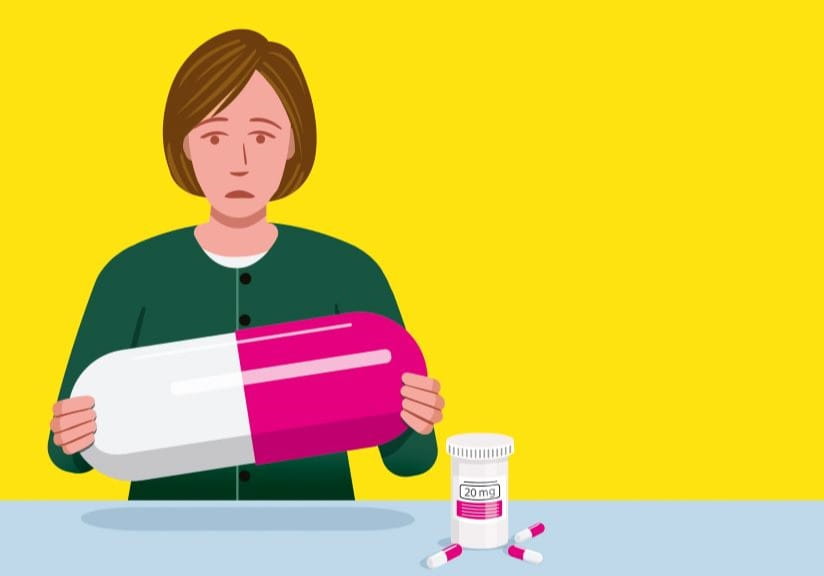Health & Wellbeing
Our experts show you simple and effective ways to stay healthy and active, so you can live your passions every day.

How I cured 14 years of back pain
Elizabeth was in chronic pain for more than a decade – until she discovered a solution that really worked.

Easy food swaps to boost your health in 2026
10 simple alternative items that can have a big effect on your health – without depriving you.

The health numbers to know – and the ones to ignore
As we get older, our health stats can flag early signs of conditions such as heart disease and diabetes.

What really works to ease muscle cramps
Muscle cramps can be a curse as we age. Why do they happen and what’s the best way to get rid of them?

Prostate and eyecare patients among the first to benefit from new online hospital
9 specialist areas of care will fall under the remit of NHS Online when it launches in England next year.

Why spending time on your phone and computer is good for your brain

Should I be worried about night sweats?
Dr Mark Porter on what might be causing night sweats – and a useful thing you can do when you have one.

5 easy ways to improve your sleep while you're awake
One of the UK's top sleep experts has simple changes to make to your waking hours which will transform your sleep.

The best sleep gadgets to give you a good night's rest
If you are struggling to drift off, our expert has his pick of the best technology to help you sleep.

Sex on the brain? How it can improve cognitive function
Getting intimate has many health benefits, and a scientific study reveals it can improve cognitive function, too.

Aldo Zilli’s food to help your heart - without sacrificing taste
The Italian chef's tips on how to create healthy and delicious food - with two easy and delicious recipes to cook.

Warm wearables: how to stay toasty without turning up the heating

Healthiest ice creams: ranked from best to worst
Which ice cream is the best and worst for your health? We rank 10 of the most popular choices, from Greek yogurt to classic Magnums.

Trouble swallowing medicine capsules? Dr Mark Porter has this tip

For a limited time, enjoy 3 issues of Saga Magazine for just £1. Receive the next 3 print editions delivered direct to your door, plus 3 months’ unlimited access to the Saga Magazine app—perfect for reading on the go.
Don’t miss your chance to experience award-winning content at an exceptional price.
Play our free daily puzzles
Beat the boredom and exercise your mind with our selection of free puzzles.



